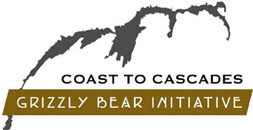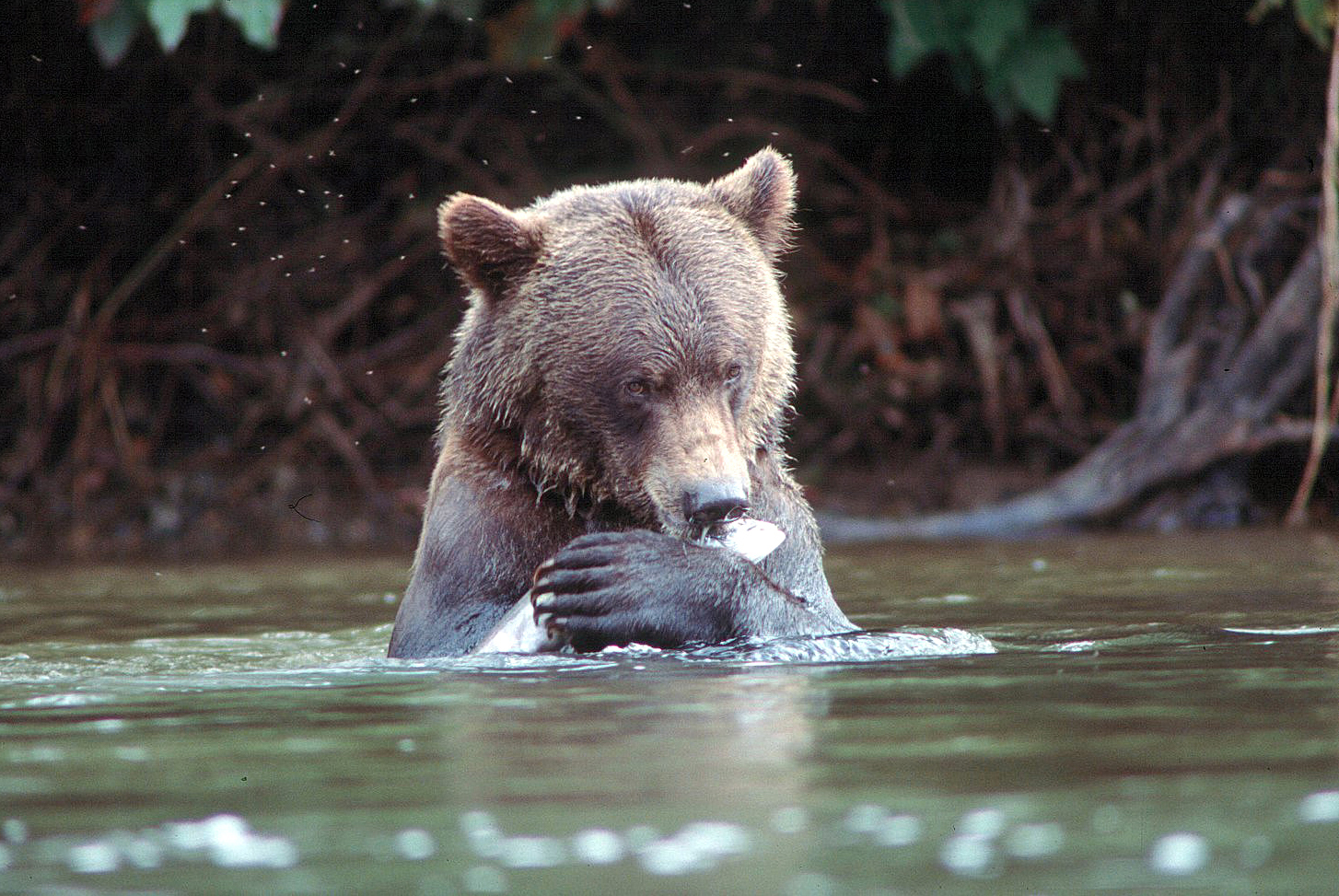If you had been travelling through what is now the American West 300 years ago, you would have had to share the land with thousands of grizzly bears. At one time the area was home to over 50 000 bears, with a range that extended all the way into Northern Mexico. Now there are around 2000 grizzly bears in the lower 48 states, occupying around 3% of their original range.
While we may think of the grizzly bear as an iconic BC species, it’s found around the world. In fact it has the third largest natural distribution of any mammal (after wolves and humans). Grizzly bears (or brown bears as they’re called outside North America) are found across Russia, Northeast Asia, Europe and the Middle East.
On November 8th, the Coast to Cascades Grizzly Bear Initiative and our partners at CPAWS-BC hosted a gathering on Skwxwú7mesh and St’át’imc Territory in Whistler, to discuss grizzly bear recovery in Southwest BC.
In August 2014 Whistler passed a resolution in support of the recovery of the threatened Grizzly Bear populations in southwest BC, since then the community Councils of Squamish, Pemberton, Lillooet, and the Board of the Squamish Lillooet Regional District, have all passed similar resolutions. This unanimous support for recovery throughout the entire Sea-to-Sky corridor, indicates the strong value both residents and visitors associate with maintaining the iconic grizzly bear in our backcountry.
The Squamish Nation has joined neighbouring First Nations by declared a resolution calling for the protection and recovery of Stl'lhalem (grizzly bear) in their territory, highlighting that: "Stl'lhalem (grizzly bear) has been an integral and critical part of Squamish Nation culture since time immemorial - its presence in Squamish Nation territory is an indicator of the health of the Squamish Nation land and people".
In April 2015, the Forest Practices Board (FPB), BC's independent watchdog for sound forest practices, released a special report on Access Management and Resource Roads. The report lays bare the extent and severity of the issues with resource roads, which create fracture lines through habitat and reduce the ability of wildlife (not just grizzly bears) to move around and remain safe. The report also highlights actions which would help reduce or eliminate the challenges resulting from resource roads, many of which COASTtoCASCADES point to as actions that would reduce the vulnerability of the threatened grizzly bear units in BC.






